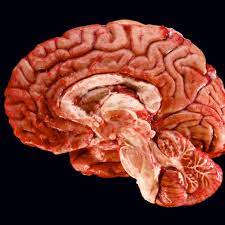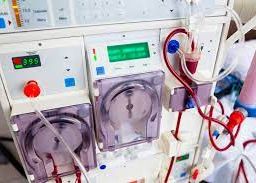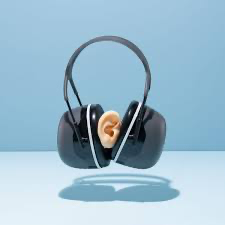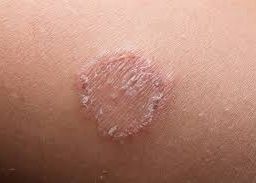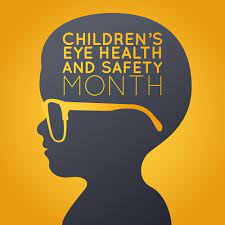
What to Expect During Opioid Addiction Treatment and Recovery
Opioid addiction has emerged as a pressing concern, affecting communities worldwide. This pervasive crisis demands our attention, understanding, and concerted action to mitigate its devastating impact.


Opioid addiction is a silent epidemic that has swept across our communities, leaving devastation in its wake. It knows no boundaries, affecting people of all ages, backgrounds, and walks of life. In this post, we aim to raise awareness about the addiction crisis, shed light on its root causes, and explore ways to combat this formidable adversary. Together, through understanding, empathy, and collective action, we can break the chains of addiction and save lives.
The Opioid Crisis: Unveiling the Truth
To effectively tackle opioid addiction, we must first understand its origins and scope. The opioid crisis emerged from the widespread misuse of prescription painkillers, such as oxycodone and hydrocodone, along with the availability of illicit opioids like heroin and synthetic opioids like fentanyl. These substances, while initially prescribed for legitimate medical purposes, have spiraled into an epidemic of addiction and overdose.
The Human Toll
Behind every statistic lies a human story. Opioid addiction takes a staggering toll on individuals, families, and communities. It fractures families, disrupts lives, and leaves a trail of heartache. Each overdose death is a stark reminder of the urgency of this crisis.
Understanding the Causes
Addiction does not discriminate, but it often thrives in environments where certain risk factors are prevalent. These include:
1. Prescription Medication Misuse: Many individuals become addicted to opioids after being prescribed painkillers for injuries or surgeries. They may inadvertently develop a dependence on these medications.
2. Mental Health Issues: Opioid misuse often co-occurs with mental health disorders like depression and anxiety. People may turn to opioids as a way to self-medicate their emotional pain.
3. Stigma and Shame: The stigma associated with addiction can prevent individuals from seeking help. The fear of judgment and societal ostracization can keep people trapped in a cycle of addiction.
4. Easy Accessibility: The availability of opioids, both legally and on the black market, contributes to the epidemic. Pills can be found in medicine cabinets, and illicit opioids are all too accessible.
Combating Addiction
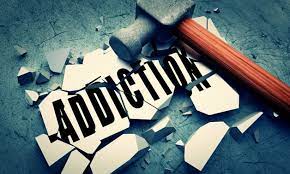

Raising awareness is the first step, but true progress requires action. Here are some ways we can combat opioid addiction:
1. Education and Prevention: Comprehensive education campaigns can inform people about the risks of opioid use and the importance of responsible prescription practices. Early prevention efforts in schools can equip young people with the knowledge to make informed decisions.
2. Access to Treatment: Ensuring access to evidence-based treatments like Medication-Assisted Treatment (MAT) can help individuals overcome addiction. MAT combines medication with counseling and therapy to address both the physical and psychological aspects of addiction.
3. Support and Empathy: Reducing stigma is critical. When we approach addiction with empathy and support, we create an environment where individuals are more likely to seek help.
4. Safe Disposal: Promoting safe disposal of unused prescription medications can prevent opioids from ending up in the wrong hands.
5. Advocacy: Advocate for policy changes that address the opioid crisis. Support initiatives for harm reduction, increased funding for addiction treatment, and stricter regulations on opioid prescriptions.
Opioid addiction is a formidable foe, but it is not insurmountable. By raising awareness, understanding the root causes, and taking concrete steps to combat this crisis, we can make a difference. Every individual saved from the clutches of addiction is a victory worth fighting for. Let us stand together, break the chains of addiction, and build a brighter future for all.
Disclaimer: The information provided in this content is for general informational purposes only. It is not intended as medical or healthcare advice, diagnosis, or treatment. Always seek the advice of a qualified healthcare professional with any questions you may have regarding a medical condition or healthcare decisions.



